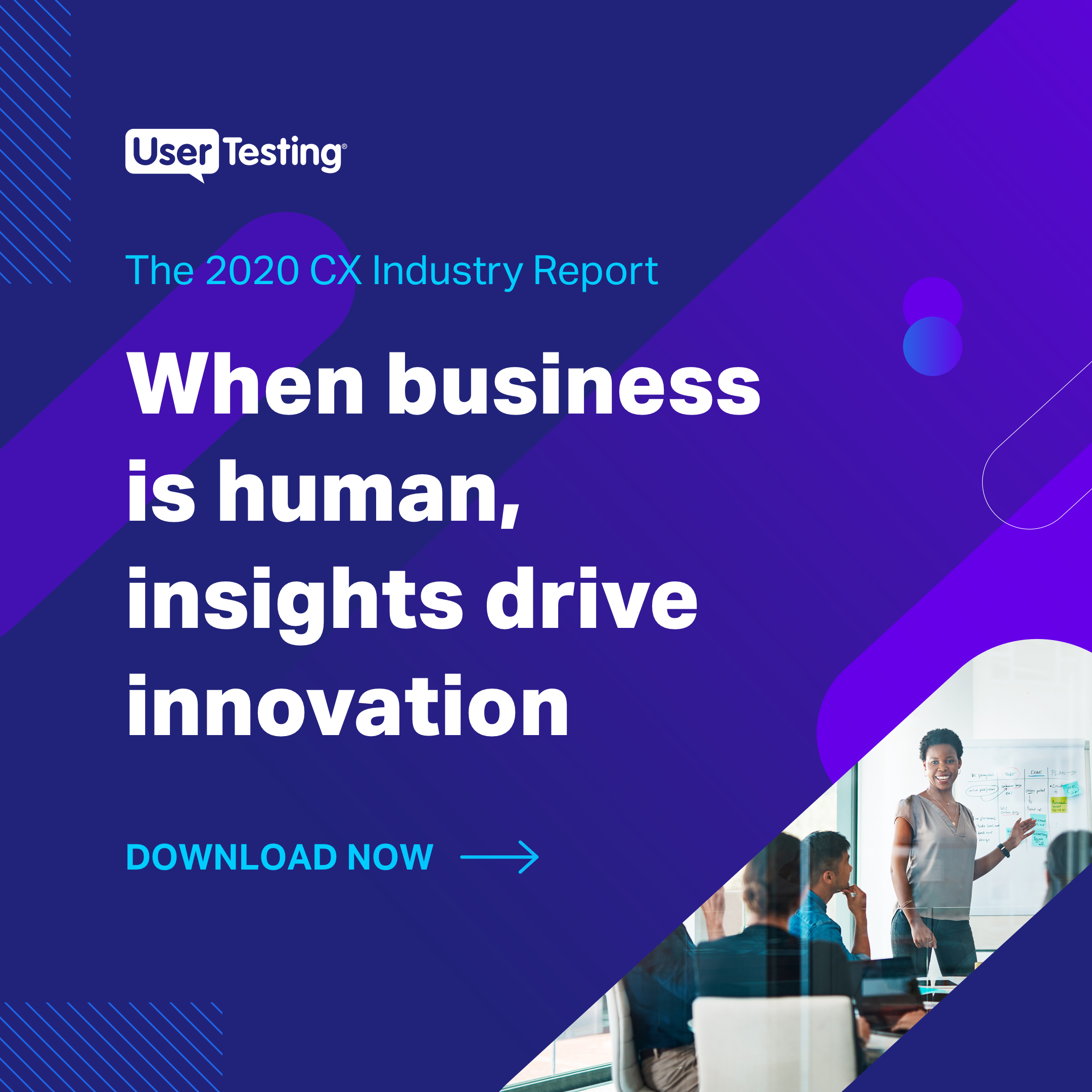
How Energage uses human insight to make customer-centric product enhancements

A product manager’s primary role is to, well, develop products of course. And in doing so, they have the unique opportunity to build products that connect humans to brands and experiences. Which is important. Because people can spend all their time developing products they think are world-class, but if they don’t truly bridge the gap between a human need and a solution, they’re not going to be successful.
So as much as we like to think of product managers as product people, they’re really more people people. That’s why we believe the key to a successful business (and its product) is the product manager’s ability to relate to humans.
Introducing a brand that connects to humans
We recently interviewed a product manager from Energage, a company with the purpose of “making the world a better place to work together(™)” by improving the working lives of a business’ employees. The goal of our discussion was to get to the bottom of what makes Energage’s business more human through the usability testing of their product.
Let’s meet the face behind Energage who was excited to share her expertise and experience with us.

Arianne Gasser is one of Energage’s product managers, who’s leading a customer discovery project that informed the strategic direction for one of their products. As a product manager, she prioritizes customer discovery through usability testing, customer interviews, market research, and more. Her outside-in approach to product decisions helps ensure that they’re solving the right problems for their customers.
Enhancing a product with customer feedback
Creating an employee-focused culture is a priority for many business owners. That’s why Energage has created a technology platform that collects and analyzes employee feedback so business leaders can make informed people decisions, based on anonymous data. Their flagship survey product is a 24 statement employee engagement survey, based on scientifically proven culture drivers.
In a recent project, Arianne gathered customer feedback in order to uncover how customers are rolling out the results from these surveys. Through discovery interviews with HR leaders, she uncovered insights about what works well and what can be improved.
One pattern that emerged among the HR leaders she interviewed is who they share results with and what the typical next steps are after conducting a survey.
“It’s been interesting to see the similarities in approaches across organizations in different industries,” mentions Arianne. The insight she collected has helped her to develop a recommended post-survey workflow that will be built directly into the product. Her intention is that this in-product workflow will guide customers to be more successful in sharing their survey results and ultimately generate clearer outcomes.
Without feedback from real humans, building this solution could’ve been much more of a walk in the dark. However, by gathering real, candid feedback from customers, Arianne was able to confidently build a product experience that is truly human-centered.
Building great products starts with human insight
Being in the feedback business, Arianne knows first-hand that having access to her customers’ perspectives is essential to planning. She recognizes that understanding customer needs and problems is critical for building solutions that align with what they’re actually trying to accomplish—without the need for guesswork.
“We can’t guess or assume, Arianne continued. “We have to find out by asking them, so we can learn about their behavior and deeply understand their needs.”
Through customer feedback, Arianne is able to employ empathy to build products that exceed customer expectations. So, if your goal is to build human-centered products or make customer-centric decisions, the key is to inform every decision with real human insight.
In this Article

When business is human, insights drive innovation
When business is human, insights drive innovation


